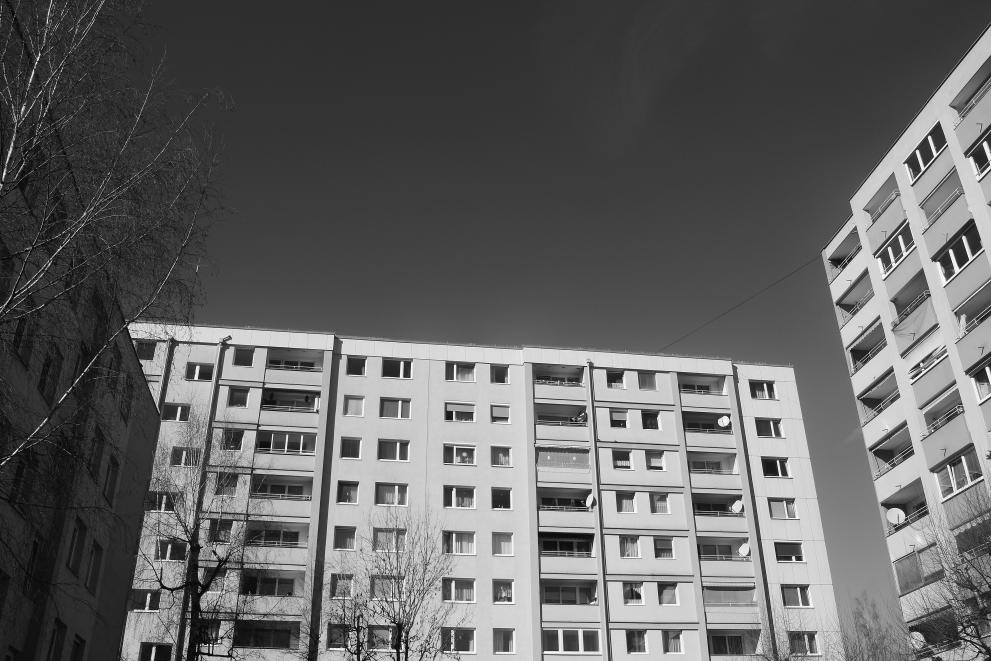
Across Europe, the Private Rented Sector (PRS) is recognised as the least energy efficient among the different housing sectors, with the highest levels of energy poverty. At the same time, this sector is crucial in addressing the energy efficiency gap because of its significant environmental impact – buildings contribute over 40% of the EU’s final energy budget. However, renovation rates remain low, averaging only 1% per year across the EU. Overall, tenants of the PRS face a much higher risk of energy poverty compared to the general population, according to a recently published report by ENPOR.
The ENPOR project, funded by the EU’s Horizon 2020 programme, shed light on energy poverty in the PRS by making it more visible and measurable, while testing energy efficiency support programmes to tackle it. It focused on identifying energy-poor tenants, understanding their needs, and finding ways to address them.
The challenges of the private rented sector
What energy poverty challenges does the PRS face, and how do they affect tenants and landlords? What spatial trends can be identified?
Approximately 33,8% of the energy poor population are tenants, facing issues such as high energy costs, inadequate housing conditions, and limited control over energy improvements. However, ENPOR research found that currently 85% of the existing energy efficiency policies implemented since 2010 are not targeted at the rental sector. Energy poverty is still poorly understood in relation to the PRS and, in Europe, PRS tenants are more likely to be suffering from this issue than the general population. PRS housing is the least efficient and least well-maintained in Europe.
Additionally, the landlord-tenant dilemma creates significant obstacles for making energy-efficient upgrades due to high costs and unequal access to information. Landlords and tenants struggle to invest because they often don’t have access to the appropriate financial support, and many financing programmes don’t consider their specific needs.
Another challenge is that specific geographical trends emerge in energy poverty within the PRS depending on what indicators are selected. For instance, inability to afford adequate heating is prevalent in the Mediterranean region and South-Eastern Europe. Nordic countries exhibit high poverty risk despite low energy poverty indicators, highlighting nuanced regional dynamics. Countries with highest percentage of PRS: Germany (49,1%), Austria (42,5%), the Netherlands (28,9%).
Who is mostly affected? Vulnerable groups
Living in the PRS exacerbates vulnerability to energy poverty, with rental conditions such as insecurity and housing quality as contributing factors. Certain groups are especially affected by energy poverty in the PRS:
- People from racial and ethnic minorities: In the UK, about 17.7% of non-white ethnic minorities suffered from energy poverty in 2019, against a national average of 10.3%.
- Migrants often end up in low-quality rental housing due to not being able to afford better options.
- Students constitute a significant part of the PRS demand, and tend to normalise substandard conditions, such as cold and damp.
- Low-income families: Class inequality remains one of the most significant factors in determining housing prospects. Families with low-income often face obstacles such as prejudice and housing barriers, with rents higher than the support they receive.
Policy recommendations
Many energy poverty policies do not target the groups that need them the most – they are often extended only to those living in moderate energy poverty, which means they are not capturing the low-income groups that cannot invest in a renovation. How can this be addressed? The ENPOR Key Policy Recommendations Report points towards a need for comprehensive and well-funded public policies, and targets EU member-states, national policies, local governments and local organisations.
Key recommendations of the report include:
- Establish robust measures and monitoring systems to gather data on energy poverty and assess policy impacts. Foster collaboration between local and national levels, leveraging intermediary organisations to reach marginalised groups effectively.
- Provide inclusive energy efficiency grants for a minimum of 10 years, ensuring accessible eligibility criteria. This should include support for renovating historic buildings and promoting renewable energy communities.
- Provide financial incentives for renovations, including support packages for landlords to undertake necessary improvements. Alternatively, governments can directly invest in renovating buildings and homes of vulnerable citizens. To ensure fairness, these investments should take the form of subsidies with conditions to prevent rent increases.
- Employ ENPOR’s Split Incentive Quantification Tool to allocate costs and benefits of energy efficiency between landlords and tenants. This tool enhances understanding of energy efficiency strategies in the PRS, particularly in identifying the share of benefits triggered by interventions and quantifying appropriate cost allocation or subsidy rates.
- Develop regulatory framework targeting energy poverty. Establish one-stop-shops to offer guidance and support for landlords and tenants, while encouraging tenant participation in decision-making processes regarding energy efficiency improvements.
- Implement social energy advice programs and enhance training for local staff to facilitate the adoption of low-cost energy-saving measures. Integrate energy-saving messages through diverse communication channels, considering language diversity and migrant populations.Top of Form
In the quest for energy justice and equitable living standards, addressing the energy poverty endemic in the Private Rented Sector demands not just policy adjustments, but a concerted effort towards inclusive, sustainable solutions that prioritise the well-being of all tenants.
Details
- Publication date
- 27 February 2024
- Author
- Directorate-General for Energy
